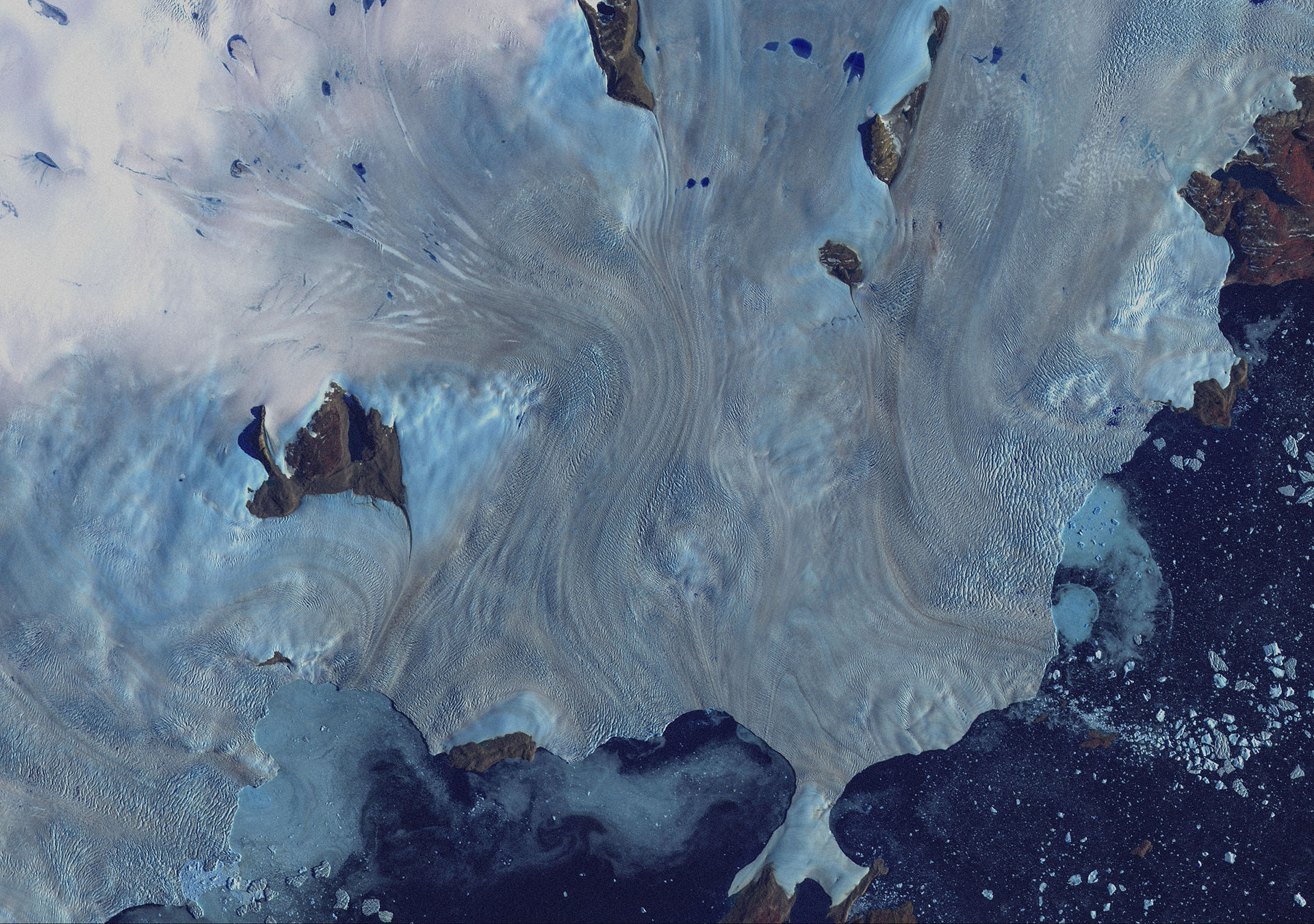

Issue IX
In our ever-changing climate, which stories do we tell?
As editors of a climate magazine, we ask ourselves this question again and again, especially as news of climate destruction continues to grip the world — from floods and wildfires to record-breaking heat waves and rising sea temperatures happening both near and far. But news, it’s important to distinguish, is not necessarily a story. News is data—a snippet in time that records a singular moment or event. Stories, on the other hand, transcend time. They help us make sense of the world by telling where we are, how we got here, and what comes next. While news may reflect the world in a singular snapshot, stories are the way we try to make sense of it all; stories have the power to collapse past and present. Which stories we choose to tell, therefore, shape how we come to know and understand our changing world.
In an essay examining nature writer Rachel Carson’s pivotal 1962 book Silent Spring (p.30), Tanvi Dutta Gupta notes the paradox of struggling to document destruction in order to move forward. It is a task that is “exhausting, demoralising, and for the most part, far from hopeful. We are asked to carry with us a grief the size of a planet. And we are asked to continue to move forward under its weight.”
Through the lens of journalism, fiction, policy, and art, Issue IX builds a conversation out of the many stories of our changing climate. Some of these stories confront pervasive climate inequalities such as gender disparities regarding environmental attitudes. Other stories, such as Aili Channer’s essay on the ‘delusory’ idea of pristine nature (p.4), find a way to hold despair and hope hand in hand.
We were moved by the ways in which the artists in this issue summon both the momentum and power of ecological grief. Whether reflecting upon coral reefs (p. 46), environmental decay (p.36), or coal mining (p.27),
these multidisciplinary artists find ways to mingle beauty with despair and to use it as a means of pushing forward. Beauty—they insist—is part of the story, and it is not some passive thing but is rather active, alive, and dangerously powerful.
Art and fiction distort and de-familiarise reality to enable us to recognise truth in the world around us. Pivoting from currently-dominant environmental fiction tropes which frequently use fear to shape the future, Jim Fagan (p.22) imagines a post-apocalyptic world enveloped in optimism and champions a story of human ingenuity and hope. Likewise, Maya Adams (p.48) hopes for better by unveiling the far-reaching repercussions of humanity’s profound fixation with consumption and extraction, while also concluding with an uplifting call for ‘map makers’ to chart a new future. The metaphor could not be more fitting: in order to create the hopeful future we envision, we must first tell its story.
With this issue, we invite you to join us in thinking through the stakes and responsibilities involved in stories about the climate. We also invite you to decide yourself, which climate stories will you tell?
Get Issue VIII in print here.
All proceeds go towards printing, designing and maintaining our publication, and your contributions will help keep our climate journalism interdisciplinary and accessible for all.
scroll
Head Editors
Emma Schneck
Regina Kong
Daisy Bressington
Business & Outreach Editors
Sam Burry
Ben Ettridge
Art and Creative Director
Karolina Uskakovych



























